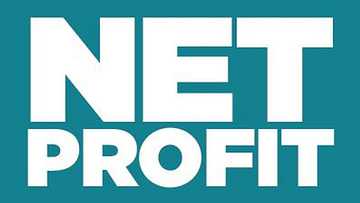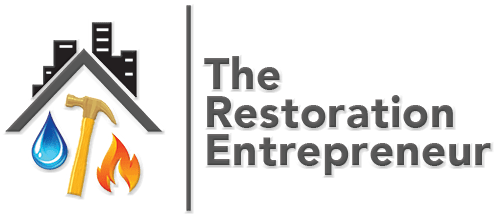
Posted by The Restoration Entrepreneur
If you made less than a 20% net profit on your business operations, you need to improve. What’s at stake? At stake is your cash flow. Improving net profit provides more cash flow and fewer worries! At stake is cash reserves. “What’s that,” you ask? That’s money in the bank, in your savings account to keep the operation moving when cash flow dwindles. I understand the lack of familiarity with this – I struggled with having cash reserves too.
At stake is personal wealth building. You’re probably really unfamiliar with this. How would you like to take a $100,000 salary and still have cash available at the end of the year to withdraw as an owner distribution? Let’s briefly drill down on the key to all three. The critical problem with meager net profits is not fixed expenses. We always seem to look first to what staff we can cut, why is our insurance coverage so high, can we move into a smaller facility for less rent. That’s the wrong place to look. Typically, there is not much fat on those bones to cut. If not in fixed expenses then how about getting more work as a solution to the problem. Good thought – but wrong again! Besides, getting more work is easier said than done and that’s a whole other discussion. If not these, then what? The problem is with the profit margins you make on each job.
Small profit margins leave little for other expenses and nothing left over for the bottom line. That’s the culprit! Typically, the problem is not on the mitigation side. Earning a 75% profit margin on most mitigation work is reasonably doable. Jobs don’t take a lot of man-hours, and most of the profit comes from equipment that runs 24/7. The problem is most acute for full-service contractors. As you probably know, I am a strong proponent of full-service, but for some contractors, it doesn’t produce the profits it should. Still drilling down – if this is the problem area, what exactly is the problem? It’s crucial to control material costs, but that’s not the problem.
You’re not going to break the bank if you buy 15 sheets of drywall instead of 10 or 7 gallons of paint instead of 5. The problem is right here – CONTROLLING LABOR COSTS. You should earn approximately 35% profit on labor. In other words, if you are paid $5,000 for labor, you should pay approximately 65% of that for work and keep the other 35% as contractor profit. If you do this consistently along with earning a 15% savings on material, along with your 20% overhead and profit you will hit your 50% profit per job every time. So what is the problem?
Project management is the culprit that robs your cash flow, your cash reserves and your personal wealth. WOW, this’s a significant discovery! It’s poor planning, inadequate supervision, losing control of scheduling, taking bids from subs, using hourly workers, and the reckless throwing bodies and dollars at a job in the sheer effort to get it done. Ultimately, labor costs soar when you lose control of the job! I know contractors doing fire rebuilds of $400,000 who have paid 125% of their labor to complete a job. In other words, project management spent every labor nickel they got for the job and took another 25% of that amount out of the owners pocket to pay workers to get the job done. This occurs on jobs every day of all sizes, and the result is the same – overspend on labor, and your cash suffers.
The bottom line is that your business’s net profit is almost entirely dependent upon your ability to control the cost of labor to get the job done. If you are paid $5,000 to do a job and spend most, all, or more than that … you are in trouble, and it will be reflected in your net profit. Turn this matter around … and you solve cash flow, cash reserves, and personal wealth building possibilities. Is it worth your time and effort to get a handle on your job management and labor costs?
Reference: The Business Transformer (Double, Even Triple Your Business in 18 – 24 Months) https://growmyrestorationbusiness.com/successes/
